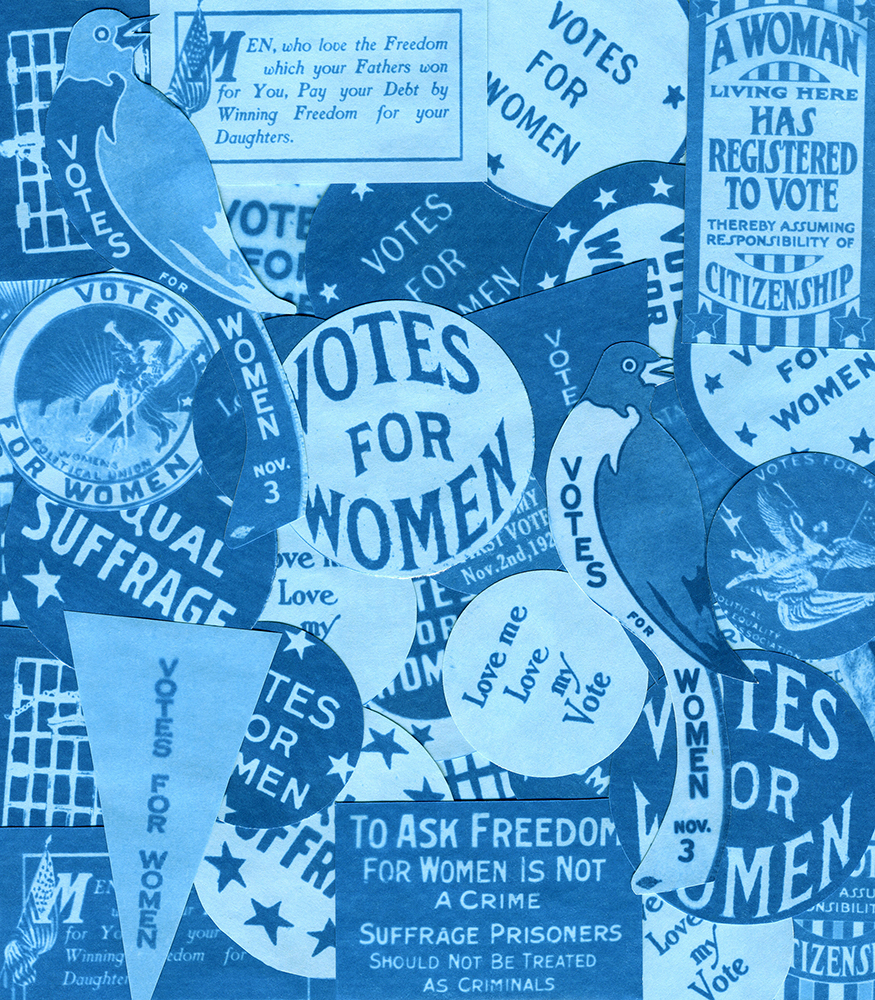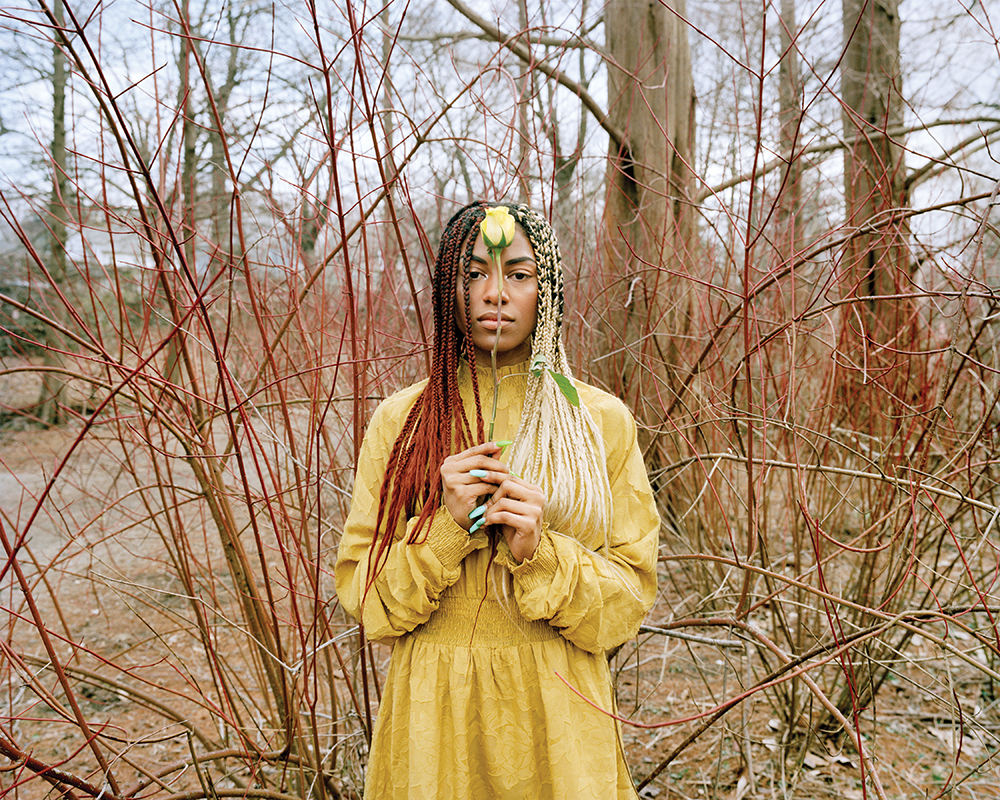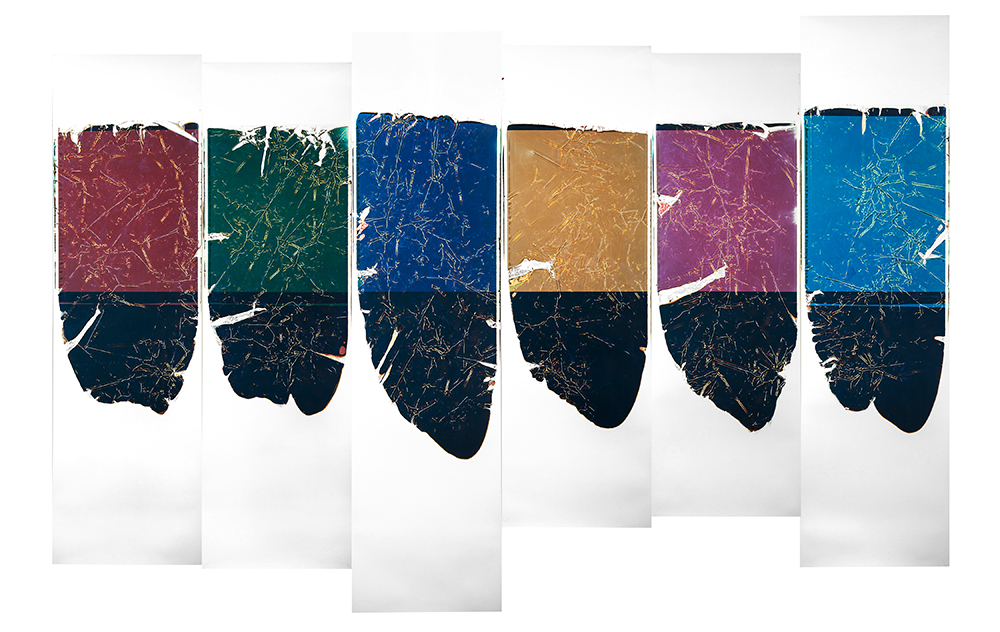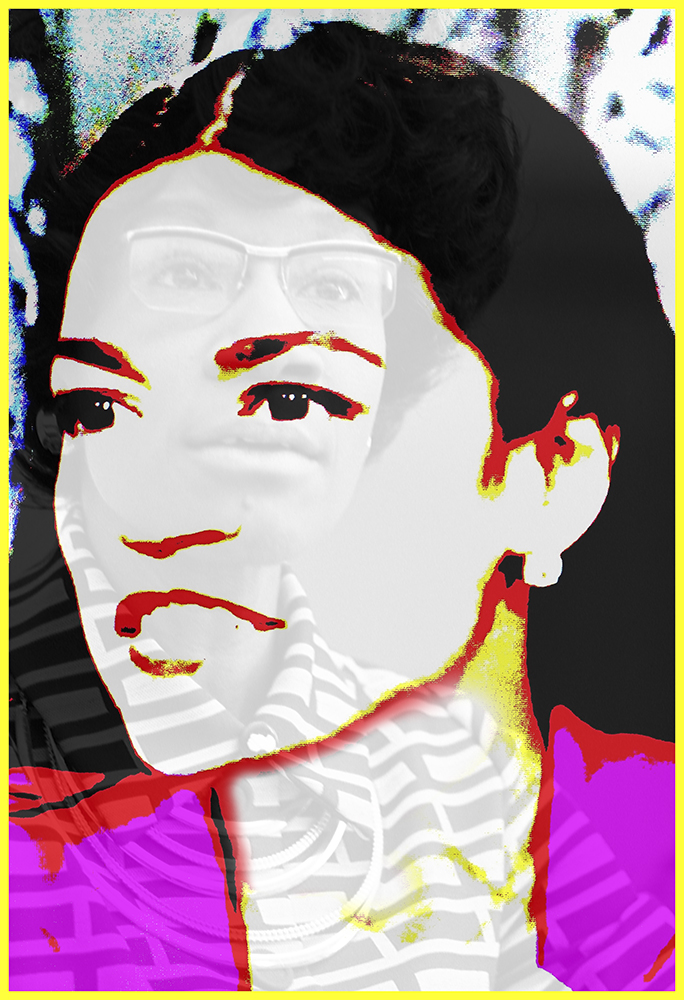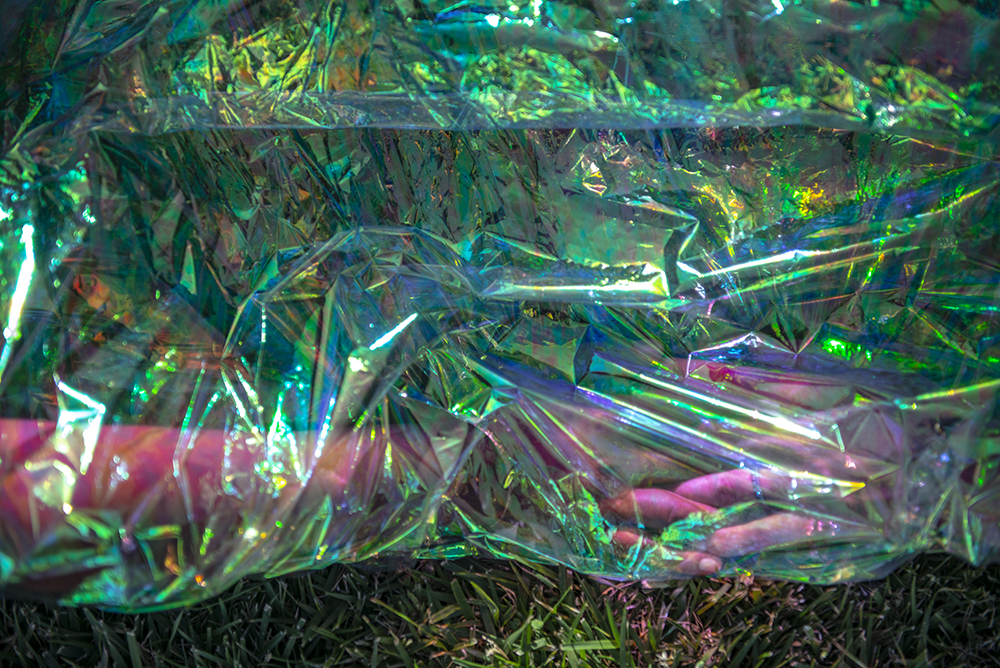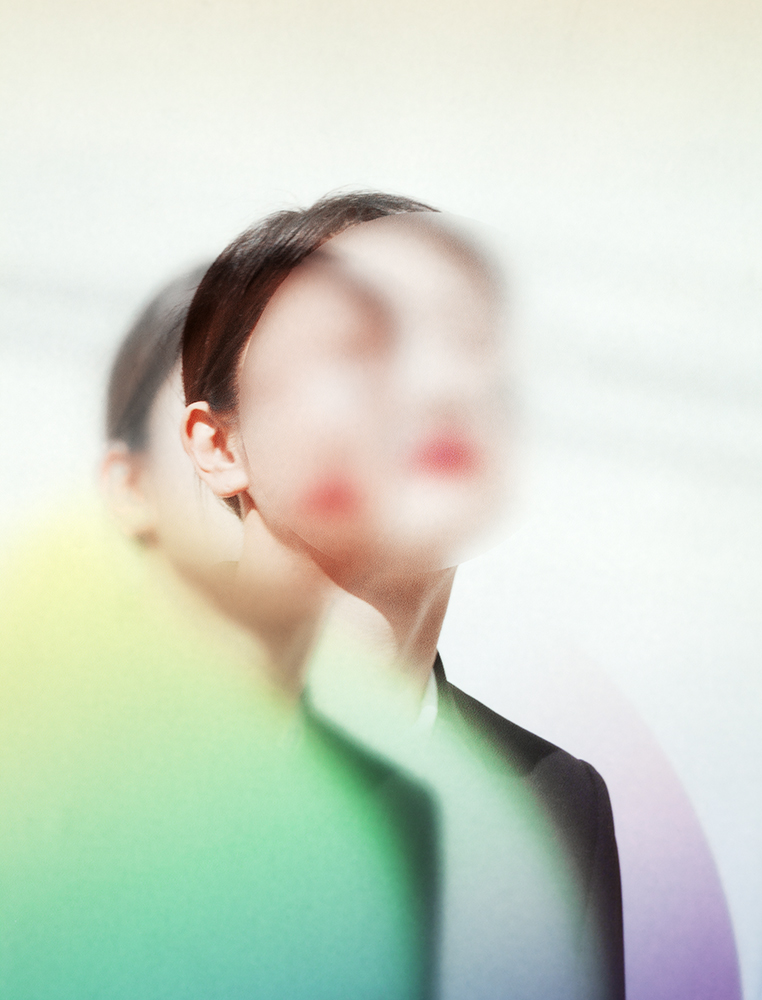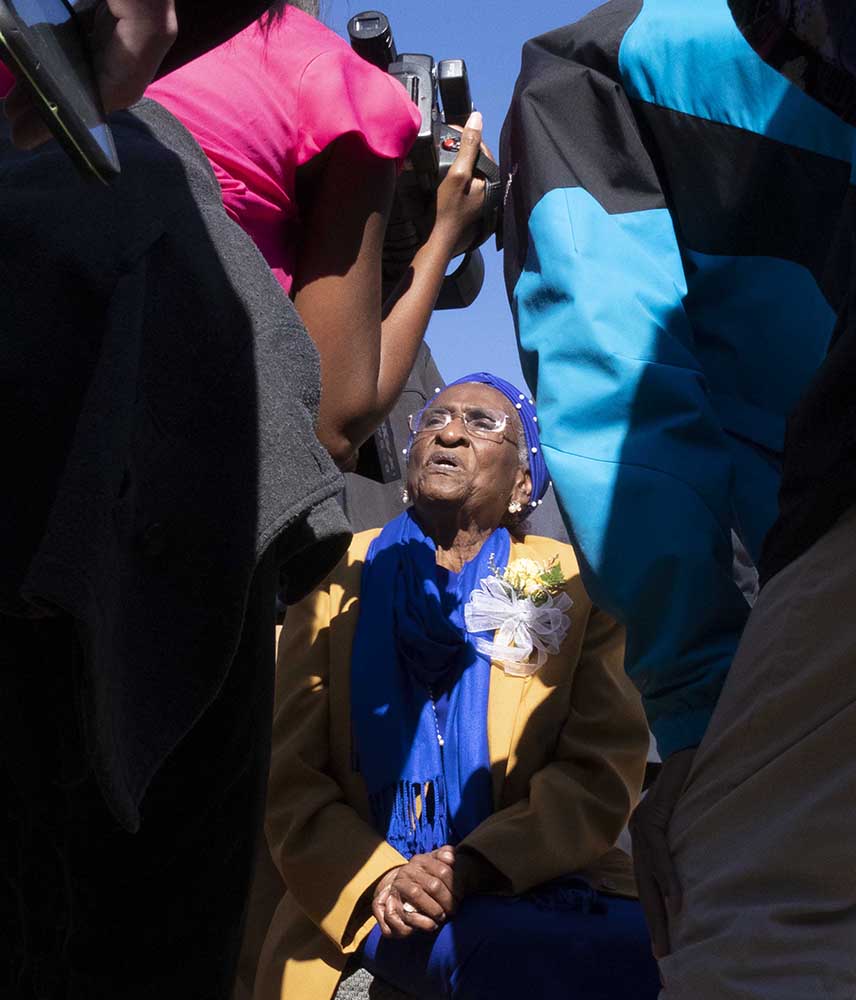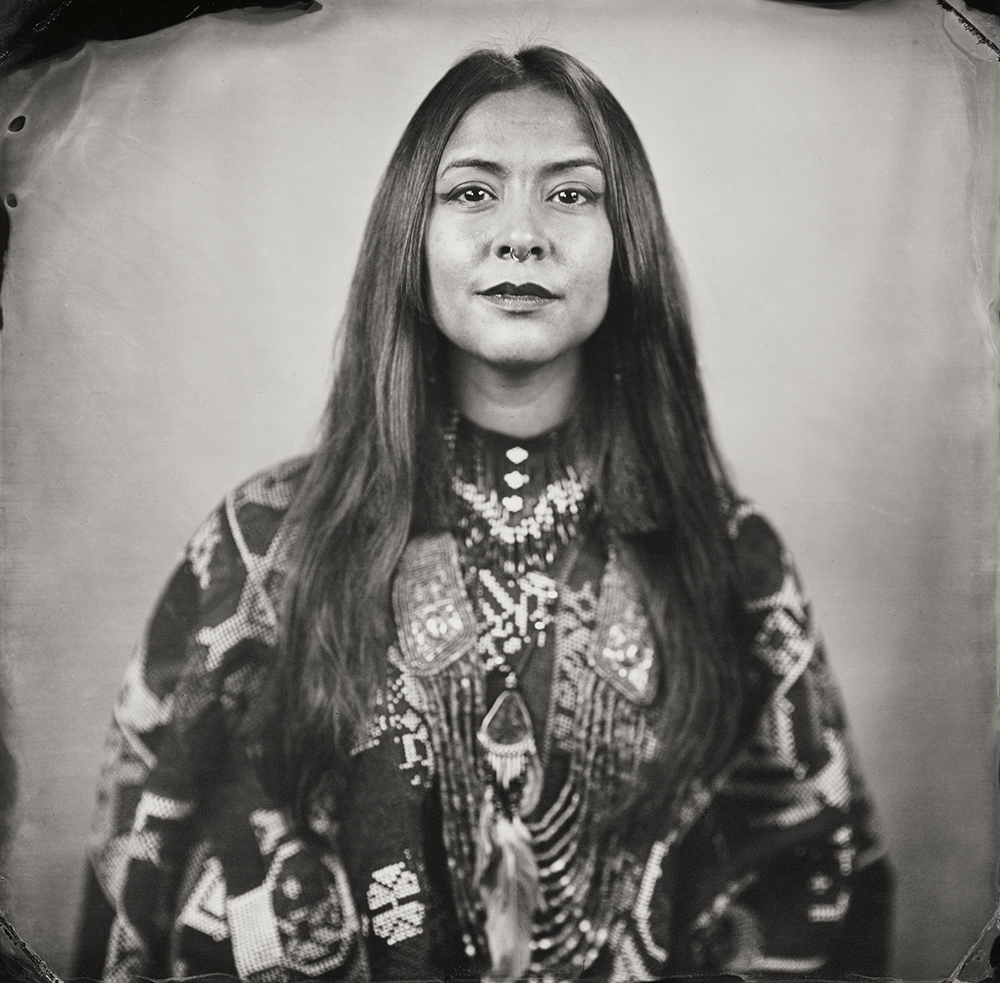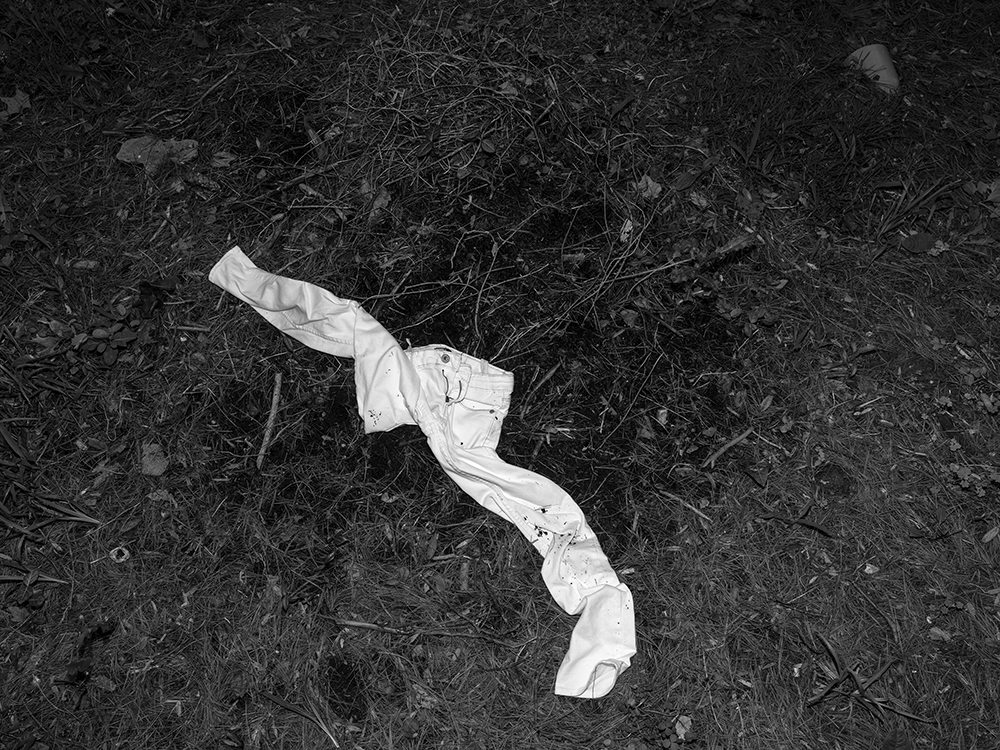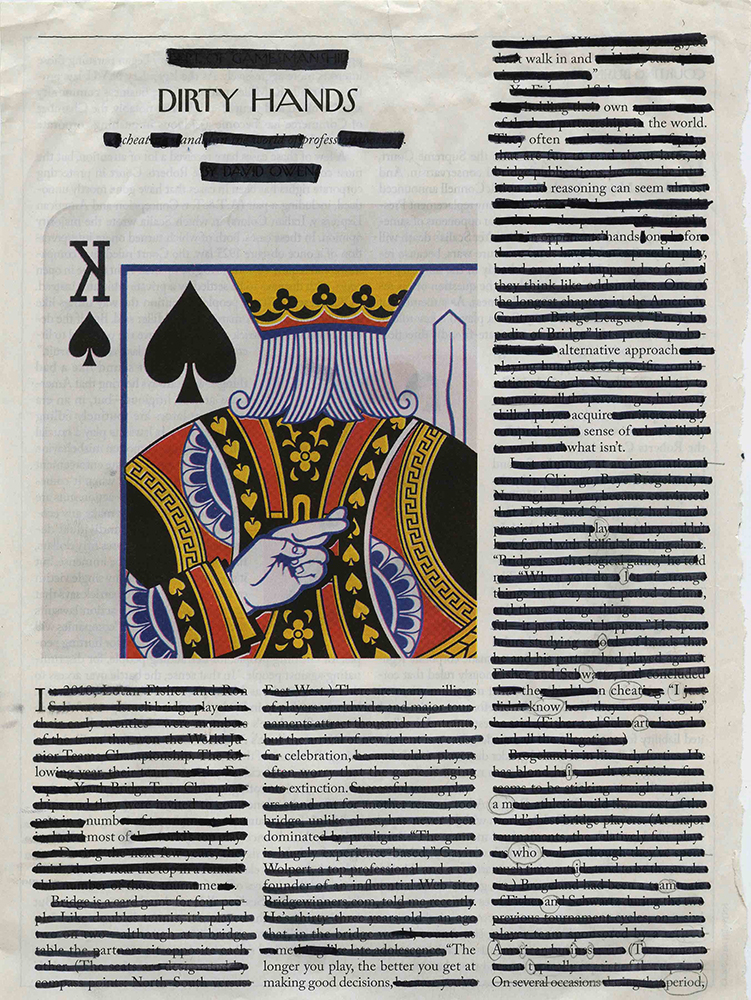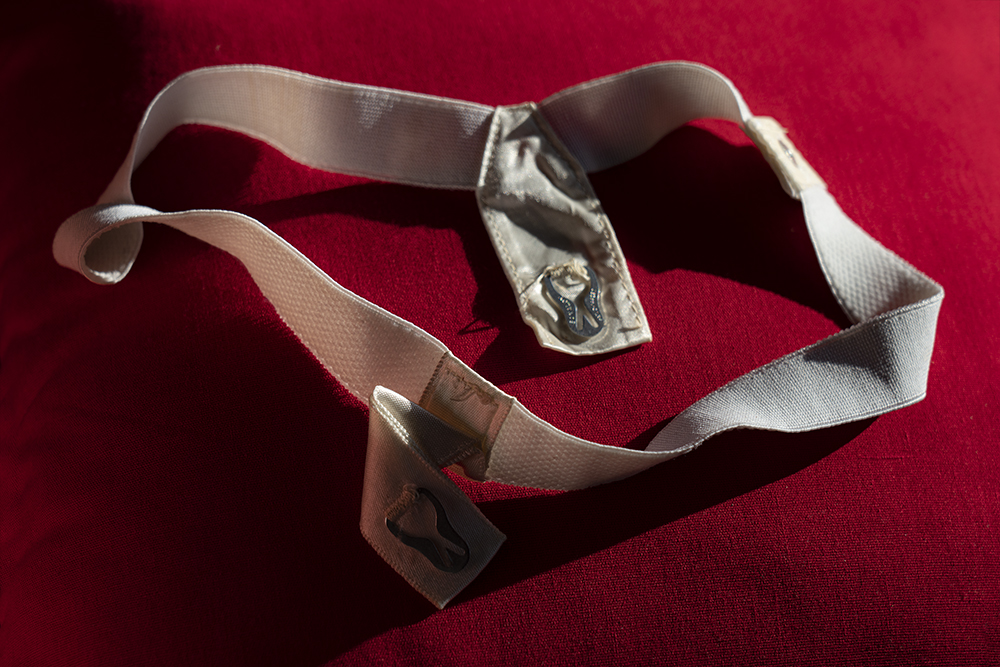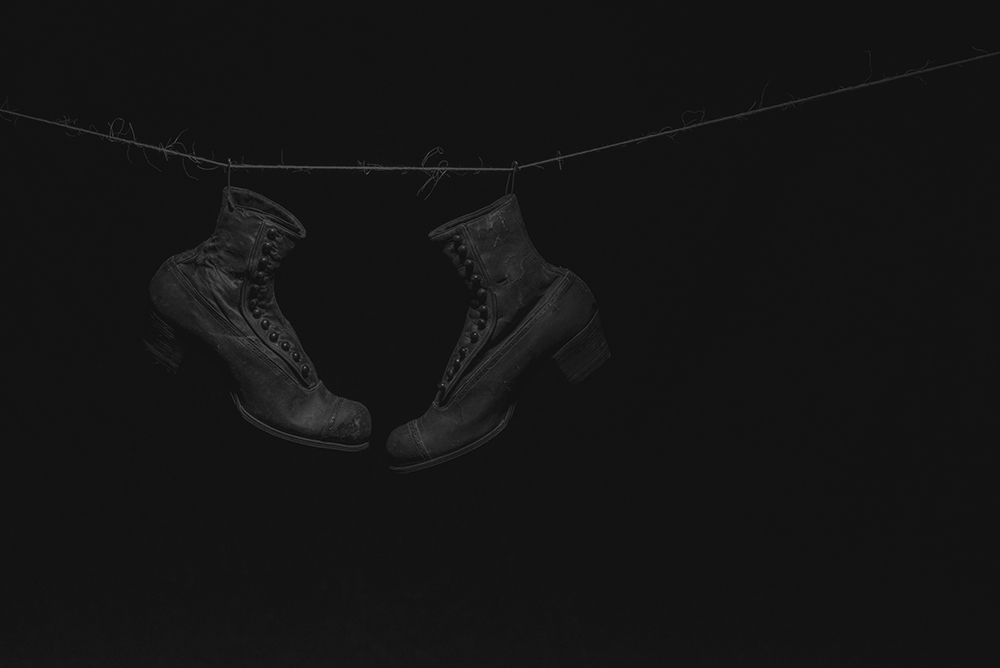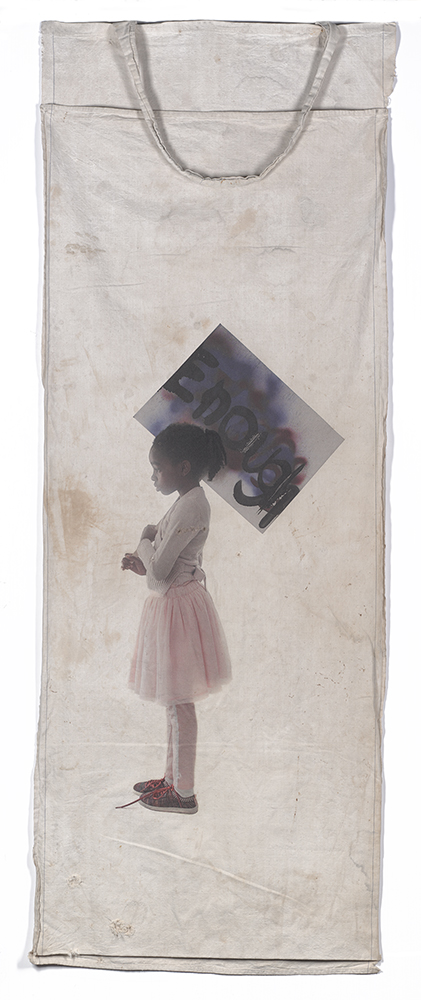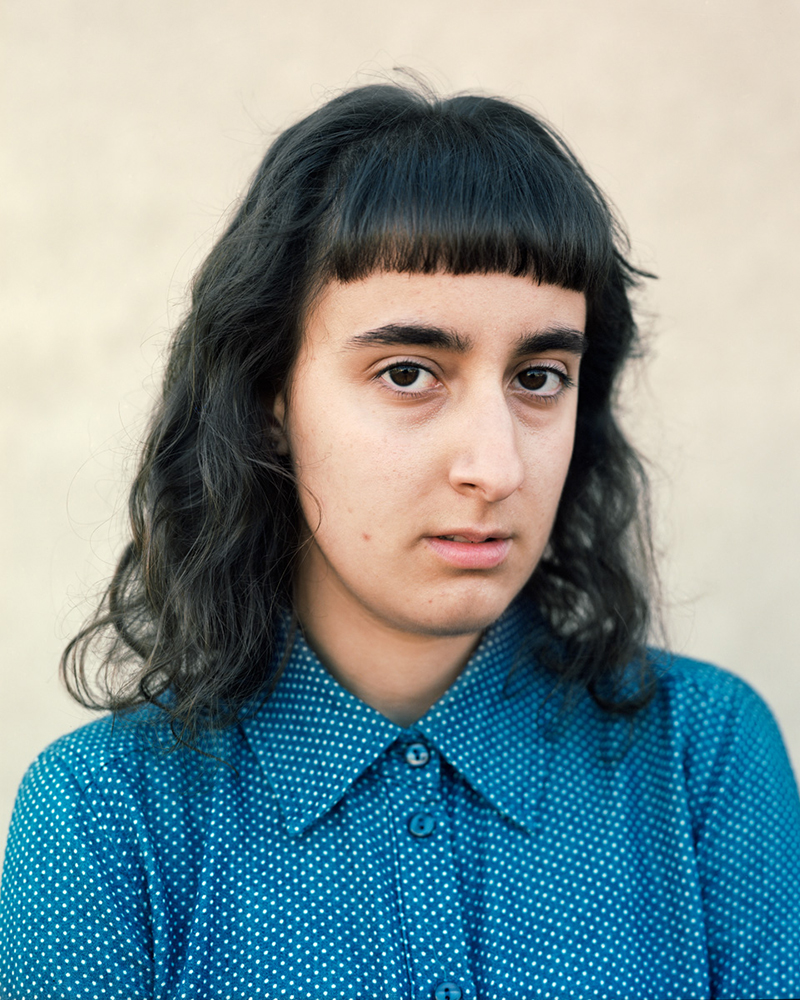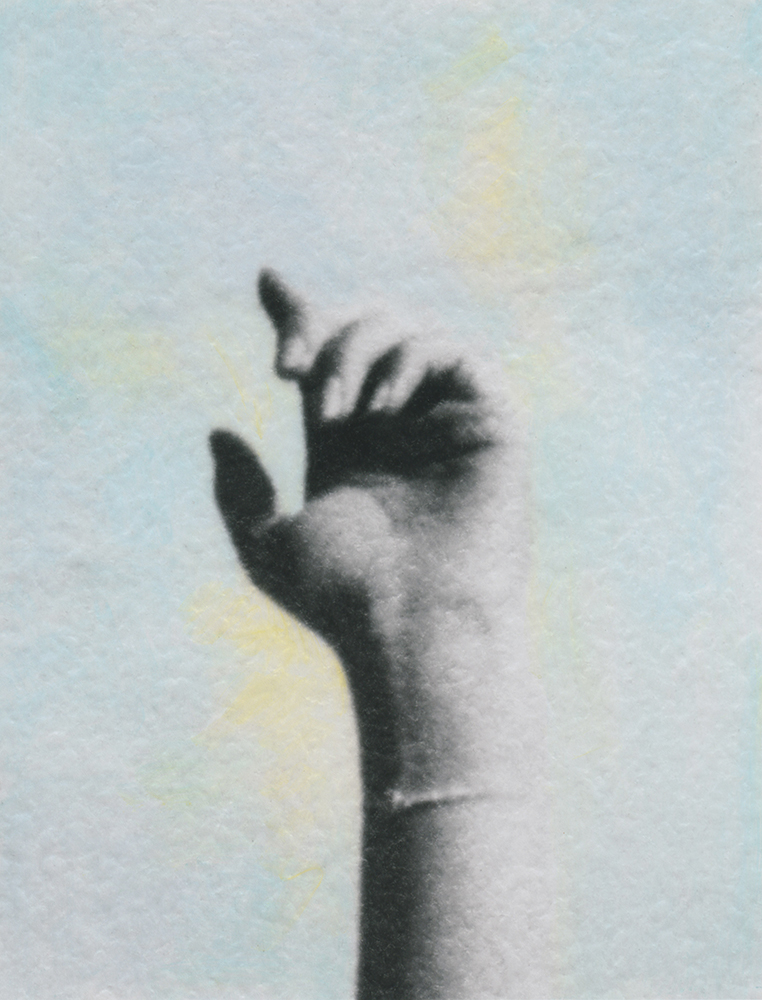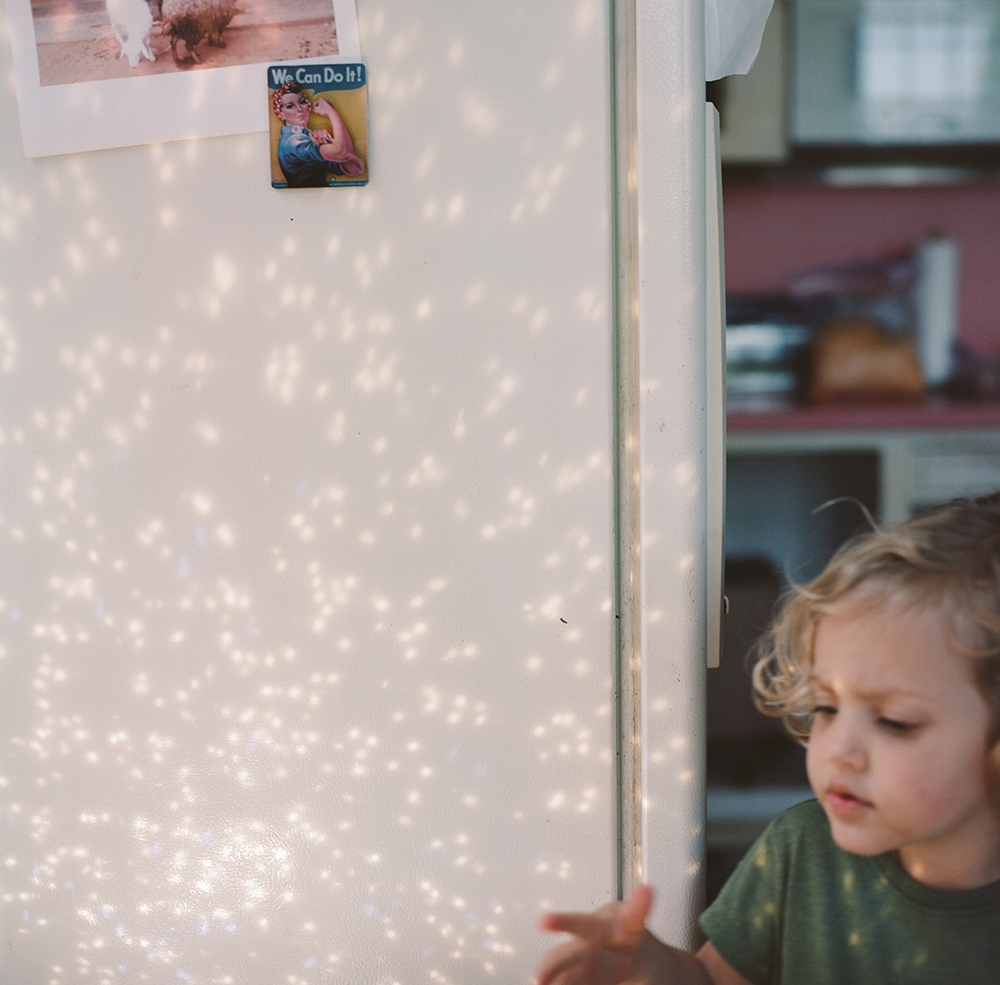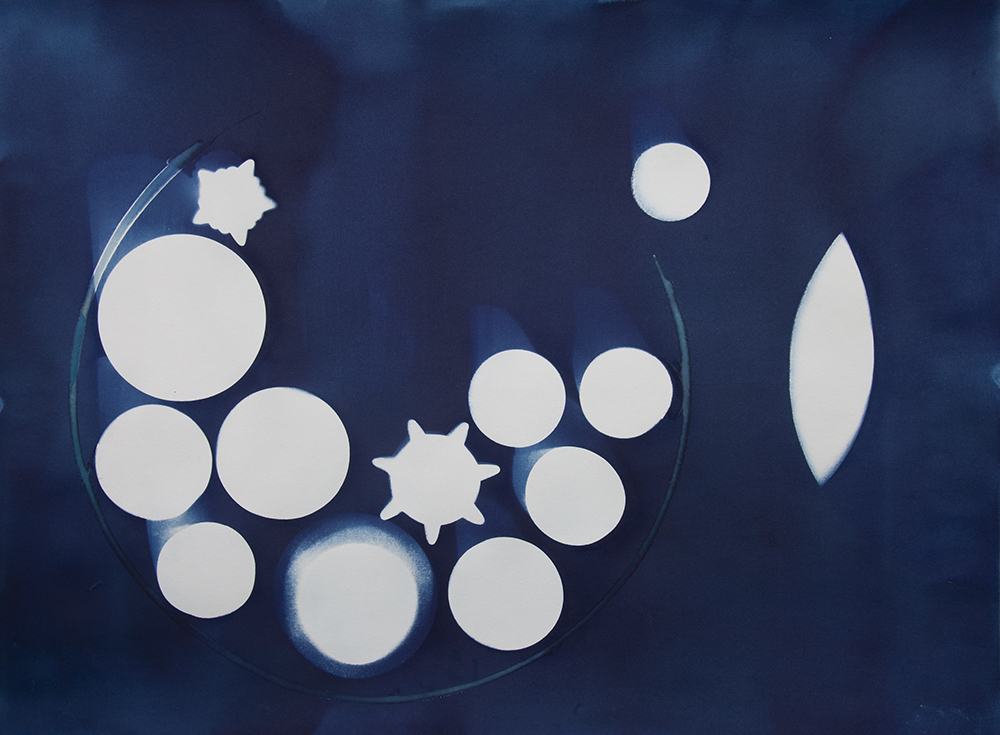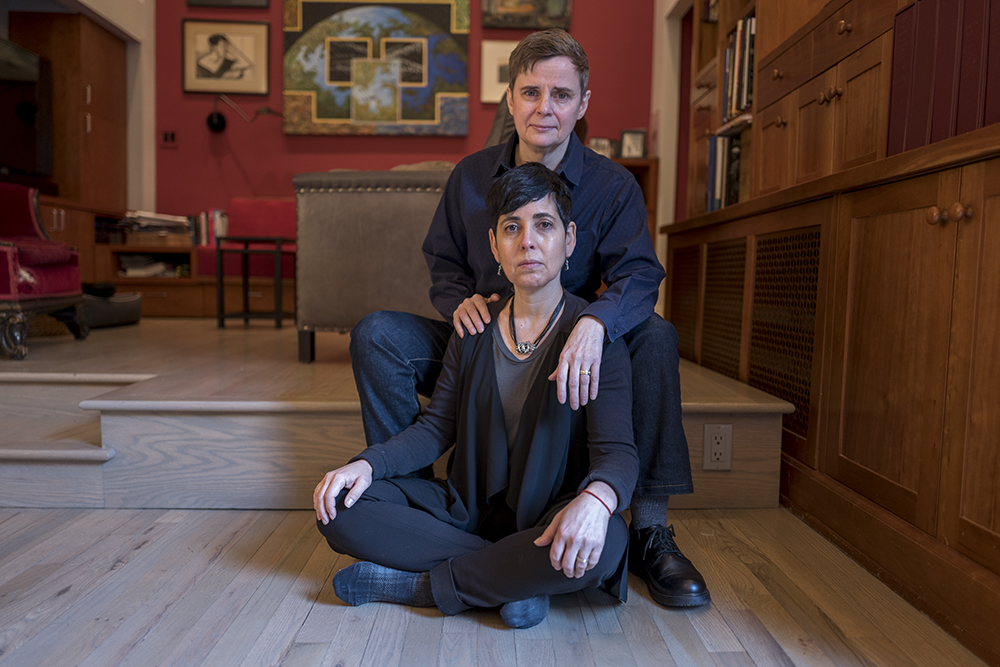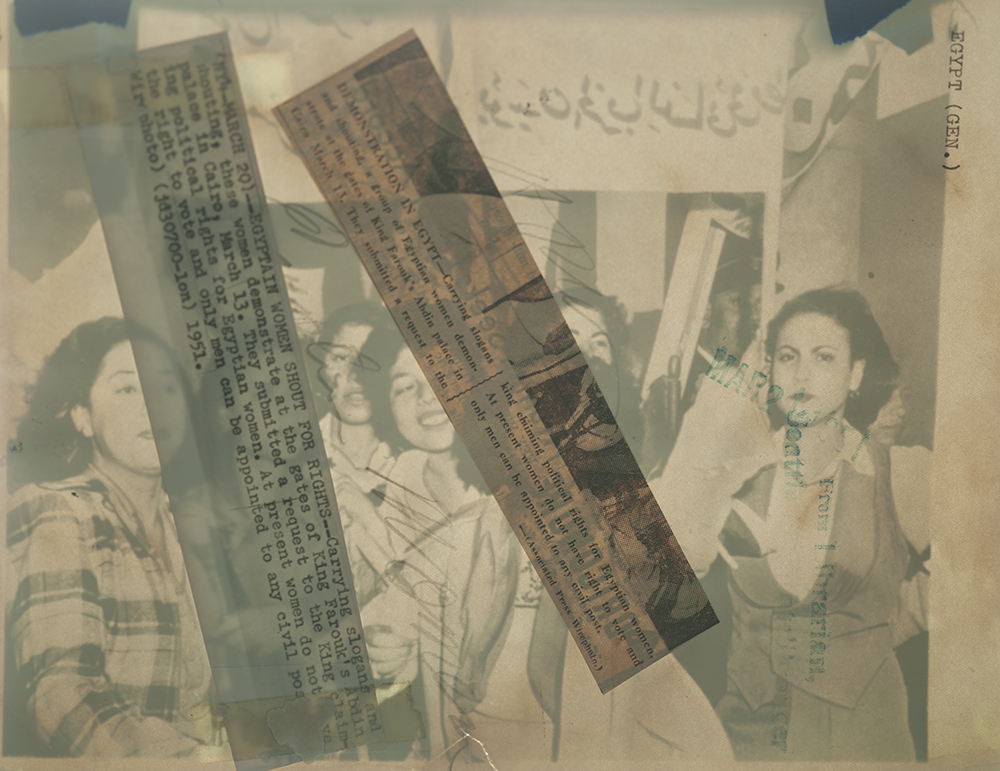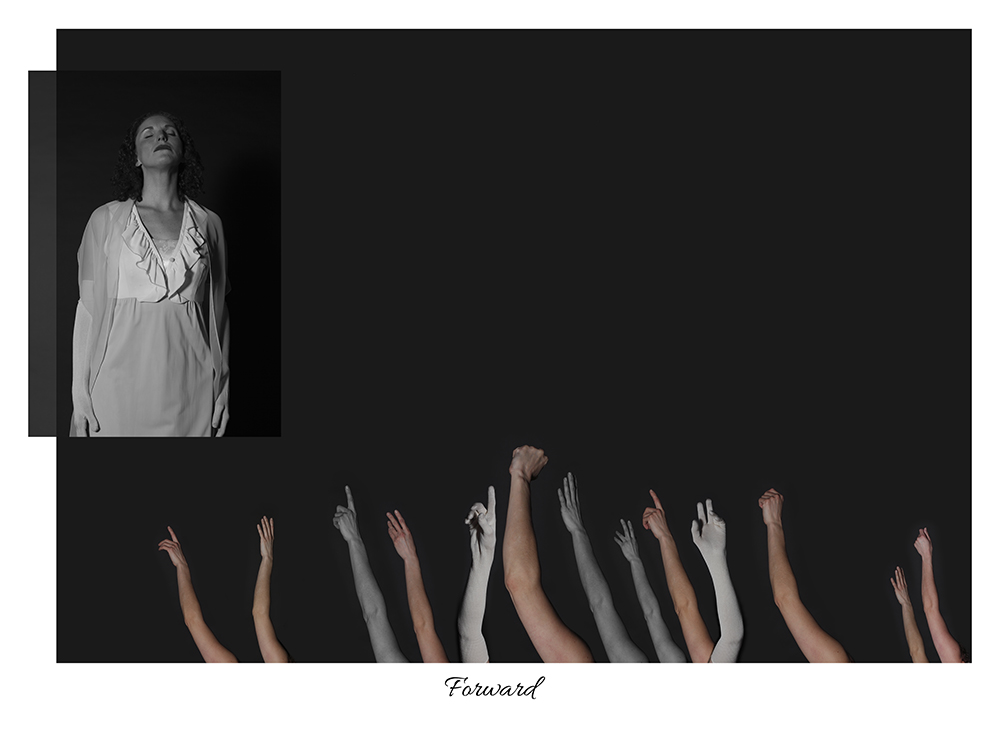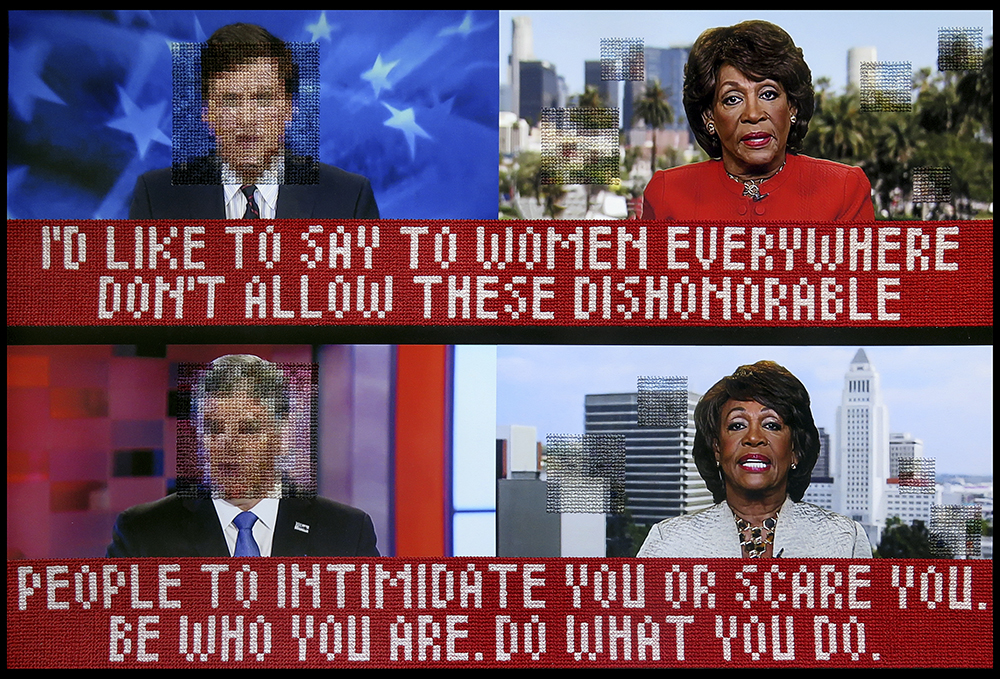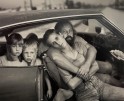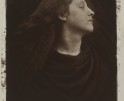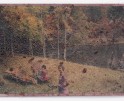A Yellow Rose Project
A Yellow Rose Project is a large scale collaborative photographic project made by women all across the country conceived by Meg Griffiths and Frances Jakubek. A year ago, artists were invited to make photographic work in response, reflection, or reaction to the ratification of the 19th Amendment. The goal of this project was to provide a focal point and platform for image makers to share contemporary viewpoints as we approached the centennial and now acknowledge it today. The mission in researching the complication of this anniversary was to gain a deeper understanding of American history and culture, to build a bridge from the past to the present and future.
August 18, 2020 marks the centennial of the 19th Amendment. It was on that day 100 years ago women wearing yellow roses stood shoulder to shoulder in Tennessee awaiting the roll call of men that would cast their votes for or against a woman’s right to a voice in government. The bright flower was an outward symbol of their expression to gain equal representation. After decades of untold risk, through oppression, brutality, incarceration, and even starvation, women fought, seemingly insurmountable odds, at the local, state and national level to gain the right to be a part of the Democratic process.
Though this movement granted rights to some women, and this achievement in itself is to be acknowledged and celebrated, the struggle did not end there. It was not until much later that all American women, regardless of race, were given the same privilege. Due to state laws and prohibitive policies, many women of color were unable to exercise their rights even given this momentous event. In light of these facts, we asked women to look back upon this part of our history from various perspectives, inviting both a critical eye as well as one that sees how far we have come.
Finding inspiration in the power of women to influence public perception and the perseverance to continue the arduous fight to obtain equal rights beyond ratification, we gather women in a collection of visions and voices to continue the conversation.
To create a project that is far reaching, one that will have a long lasting impact across virtual and physical platforms, we are launching our dedicated website today so please visit www.ayellowroseproject.com. On this site you will see the full roster and the rich collection of work made in response to this anniversary. You can follow along on instagram @ayellowroseproject too. We will also be sharing on the site upcoming shows and events associated with the project on these two platforms. Right now we have three shows planned. Two physical shows scheduled at the University of New Mexico this August 2020 and the Colorado Photographic Arts Center in October of 2020. We are also organizing a virtual cross campus screening of the work at Indiana University in August for the celebration of Equality Day. We will also be sharing an upcoming book project so stay tuned! – Meg Griffiths and Frances Jakubek.
 Frances Jakubek (b. 1988) is a photographer, curator and advocate for photography. She is the Director of Exhibitions and Operations at Bruce Silverstein Gallery in New York City and past Associate Curator of the Griffin Museum of Photography in Winchester, Massachusetts.
Frances Jakubek (b. 1988) is a photographer, curator and advocate for photography. She is the Director of Exhibitions and Operations at Bruce Silverstein Gallery in New York City and past Associate Curator of the Griffin Museum of Photography in Winchester, Massachusetts.
Recent curatorial appointments include I Surrender, Dear at Umbrella Arts Gallery, New York; Drawing the Line at Bruce Silverstein Gallery, New York; Grief on NY Photo Curator, and The RefridgeCurator in Boston, Massachusetts. Her personal work focuses on self-portraiture and how the body is perceived in different contexts. Her photographs have been exhibited at The Southern Contemporary Gallery in Charleston, SC; FIlter Space; Chicago, IL; Camera Commons in Dover, NH; and The Hess Gallery at Pine Manor College, MA.
She has been a guest writer for various publications and for artist monographs including Serrah Russell’s tears, tears. Jakubek has been a panelist for the Massachusetts Cultural Council’s Photography fellowships, speaker for The Photo Brigade and juror for exhibitions throughout the US including United Photo Industry’s ‘The Fence’ and PDN’s ‘ The Curator Awards.’
Meg Griffiths (b. 1980) in Indiana and raised in Texas. She received Bachelor of Arts degrees from the University of Texas in Cultural Anthropology and English Literature and earned her Master of Fine Arts in Photography from Savannah College of Art and Design. She currently lives in Denton, Texas where she is the Assistant Professor of Photography in the Department of Visual Art at Texas Woman’s University.
Meg’s photographic research currently deals with domestic, economic, historical and cultural relationships across the Southern United States and Cuba. Her work has travelled nationally as well as internationally, and is placed in collections such as Center for Creative Photography, Capital One Collection, and the Museum of Fine Arts Houston, and Center for Fine Art Photography.
Her book projects, both monographs as well as collaborative projects have been acquired by various institutions around the country such as the Metropolitan Museum of Art, Duke University Libraries, Museum of Modern Art, University of Virginia, University of Iowa, Clemsen, Maryland Institute College of Art, Ringling College of Art, and Washington and Lee University, to name a few.
She was honored as one of PDN 30’s : New and Emerging Photographers in 2012, named one of eight Emerging Photographers at Blue Spiral Gallery in 2015, Atlanta Celebrates Photography’s Ones to Watch in 2016, was awarded the Julia Margaret Cameron for Best Fine Art Series in 2017 and awarded the 2nd Place Prize at PhotoNola in 2019.
Why A Yellow Rose?
MG: Yellow flowers such as daffodils, sun flowers, and roses were all symbols worn in support of the suffrage movement in the United States as well as other countries. It was specifically a story told about the yellow rose worn by women on August 18, 1920 at a special session of the Tennessee Assembly that interested us. Women from all over the country traveled to Nashville and lobbied for months to convince legislators to vote for a woman’s right to vote and therefore a seat at the table of government. Suffragists wore yellow roses and anti-suffragists red. One was an expression to gain equal representation, the other a show of power to keep women out of the booths and in the home. Naturally, we wanted to choose a symbol that had a strong connection to this part of women’s history and to the movement.
FJ: The color itself is actually quite complicated and evokes a range of psychological responses. Contrasted with its calming effects, yellow is often used to indicate hazard or meant to draw attention to an idea or issue. The warm and energetic qualities are enhanced by the color’s forceful nature, causing discomfort in its use for change, much like the suffragists.
How did you both conceive of this idea?
MG: Honestly, the seed for this idea all started on my part when I earned the tenure track position in photography back in 2018 at Texas Woman’s University. The power of being around women and educators that support women really inspired me and I knew I wanted to do a large scale project with women, but it was not until AIPAD and a dinner with Frances in April of 2019 that it all came together. Frances and I were out at this great restaurant called Bea’s in New York City. She was working at the Bruce Silverstein booth and I was promoting a collaborative book I made with Eliot Dudik at the Zatara Press table. We were chatting about life, and work and projects and it just organically happened. It was kind of like asking her out on a date. It went something like, “I was thinking of doing this large scale project with women about women and the vote, do you want to do this with me?” She said “yes” and here we are a year later.
FJ: If you have ever met Meg, you know her enthusiasm is infectious. When beginning this project, I realized how much I had to learn about the history of this Amendment, and certainly still do. The truncated histories we are taught in school do not cover the struggle, pain and adversity endured through this fight for the vote. Identifying the goal to include as many photographers as possible, the community loving administrator in me was incredibly excited to be part of it. Thank you for trusting me to be on your team, Meg.
MG: Oh goodness. Truly, I have never been so delighted to work with someone as I have been with you Frances!
How did you invite this list of artists?
FJ: We reached out to respected administrators, collaborators and powerhouse women in the field for nominations of artists that inspire them. In addition to these suggestions, we culled from our own photographic communities and colleagues and expanded our networks by sourcing from other amazing resources such as Strange Fire Collective, Lenscratch, and platforms that highlight photographers.
There are more than 100 women participating in this project, how did you try to ensure representation and diversity?
MG: I keep thinking about this quote by Sojourner Truth, speaking about the experience of women in the 1850’s. I found it in a brilliant essay by Martha S. Jones called “The Politics of Black Womanhood, 1848-2008.” Martha, shares this by Truth, who states, that “women’s fates were linked, but not because they were the same.” This statement, made more than 100 years ago portends the women’s movement through the ages up until this point in time. We walk this path of womanhood, it is not the same, but those paths intersect and affect one another. And I would add this is why it is so vitally important that we support one another.
So, we knew from the outset that we wanted to share varied visions. We wanted women of culture (a phrase borrowed from Resmaa Menakem who talks about ‘bodies of culture’), women of all ages, women at all stages of their careers to be a part of this project. In order to have a rich and thoughtful response to this anniversary, which is not an anniversary for all to celebrate, we wanted to invite a diverse group of women whose perspectives would not be the same.
Now keep in mind, just because we asked women to participate does not mean there was always a yes on the other end. There are a number of reasons for this. We were essentially commissioning women to make work and the only thing we could offer in return was our time, labor and energy to work for them. It went into trying to find ways to promote and share the work. Creating opportunities like shows, a book and a place to house their work in a virtual archive. This was something we offered in exchange for creative content. At the time it was just a hope and a promise to try and get there a year later. I often looked at the email we were about to send off in the very beginning and I thought, “We are asking a lot and who are we to ask? We are not MOMA!” But if you do not ask then you will never know.
We also understand the full weight and complication of the centennial we are acknowledging and questioning today, like so many of our written histories and anniversaries. There were women all across the country, even with the ratification of the 19th Amendment, that still did not get the freedom to vote due to prohibitive policies and state laws such as literacy tests and poll taxes. To this day we have modern day versions of these injustices such as redistricting, complicated registration requirements, and now the vote by mail issue due to COVID. Choosing to make work about this complicated anniversary and asking for women to step away from other important work to do this now, well that is the right of every woman to decide how they want to spend their time, labor and energy. Right now we have in our country a lot of important projects, a lot of work to do, and honestly work to undo. Making or not making work, it is about the right to choose.
This project is multi-platform. Can you speak to each part and why these decisions were made? Virtual/website, physical shows, book?
FJ: I always loved the idea of A Yellow Rose Project being a virtual entity, something accessible that could expand and grow. Being online also provides the capacity for the photographs to be interacted with beyond the limited exchange in a physical gallery space. With free, continuous access, we are hoping that viewers will also take the time to read the provided artist statements and biographies of each of the photographers.
With that being said, the fact that the work will be on view in different locations is a tremendous opportunity for local communities beyond our virtual reach to engage with the work. Each destination will have a different selection of images in printed form, always supported by a slideshow component featuring every participant. I’m looking forward to how it transcends the web and inhabits different parts of this country. Can I give a shoutout to Samantha Johnston of Colorado Photographic Arts Center? She was on board to show the work before the images even existed. That sort of faith is so humbling and encouraging. This project has been full of moments like that.
Finally, the book makes it all seem so official, doesn’t it? Being published binds the photographs and the community of image makers together to mark this moment in time. This project is based on America’s history and to add this visual component to the record is very important and special to us.
MG: I completely agree. I too feel various platforms satiate different expectations and experiences we have with artwork. I also see how COVID has really changed how we engage with others and connect virtually, most especially concerning the arts and politics. At the beginning of COVID we were all relying quite heavily on cultural experiences to see us through this time, whether that be free concerts, Zoom lectures, to watching Lin-Manuel Miranda’s Hamilton shared openly on Disney plus this 4th of July, to virtual gallery shows, and many other experiences. We also look to devices such as the internet and social media to learn, to share, to get involved in the movement that is taking place in our country right now. Instagram alone has become this tool like I have never experienced before in my lifetime. It is quite powerful. I also see people diving into books, sharing those and making them right now. We are living in interesting and challenging times, some of us cannot go anywhere and so we want to be transported. Some are required to be out in the world and still others voluntarily go to fight for what they know is right and just.
I believe very strongly that all of these platforms we are asking audiences to engage with for this project are very different in function, value and effect. They most definitely overlap, they are all needed, and I see them as companions that support one another.
After looking at all the submissions what do you see are some themes that surface?
FJ: The emotional qualities of all of the images, particularly when viewing them all together, is very evident. Historical references and issues are brought into a modern light, many of the artists address lineage and the future of voting, whether it is about upcoming generations of voters or policy reform. Gestures play a large role in this collective…many hands are raised and you can really feel a sense of community through these artists.
MG: Honestly, I am so excited for those in the fields of women’s history, cultural or gender studies, art history, and the arts to have a resource for work made about this specific topic. To see how curators and the general public read and respond to the work. I am eager to listen and be a part of the conversation that these visuals continue or even start. As artists we are so close to the work when we make it, the meaning and the research behind it. The other rewarding part of the process is when you put it out there. I mean after all this is what it’s all about right? You make, to give away, to see what life the work will have beyond what you could have imagined.
If you could speak directly to the women in this project, what would you say?
MG: Thank you for your faith in us. I am so grateful for all the collective labor and time put into this project. We know this was no small task to ask of all the women involved. Thank you for all that you do on a daily basis everyday to uplift our communities. You inspire us.
FJ: I am humbled by the trust each artist has put in us throughout this year-long endeavor. Without you, this project does not exist. Thank you.
To everyone, coming up on an election year?
FJ: I personally feel challenged by the obstacles and compromises needed to be made in order to support the candidates this year; but we need to focus on the ways we can band together to work toward long term effects that will shape our country going forward. A vital part of that process is listening to each other.
MG: There is a long line of women that have come before you and before me. That long line of women, they made it possible for each of us to have more than what they had. We know this in the familial way as well as the political. There was a lot of sacrifice and hard work thinking of all of us in the future. I feel we just have to honor that. Show up. Continue to do the work. Make the choices as best we can.
What are the long term goals of A Yellow Rose Project?
FJ: Maybe we should share a bit about future projects?
MG: Well, one of the many reasons that we chose to call it A Yellow Rose Project is that it could afford us the opportunity to do more under the auspices of the name. “A” instead of “The” project because it could be one of many in the future. Our future goals are most definitely to do more work with women, collaboratively, about issues concerning women in the arts. If anyone out there is interested in funding an upcoming project to support this mission then give us a shout.
What expectations did you have? How did the results differ?
MG: As Frances mentioned earlier, it is about trust. I suppose I just had faith. All these women, their vision, and creativity, I just knew it would be amazing. It is an expression of this moment in time, in thinking of the past and how far we have made it but how much further we have to go. And now it will forever be compiled into a compelling collection of visuals for the future.
FJ: I think what most surprised me is the intimacy of the imagery. Many artists revealed very personal stories and were honest about what they uncovered through their research process. This is a time where we all need to be truthful and accept that we will continue to be challenged on what we’ve been conditioned to understand. The opportunities to learn from each other are great and with keeping minds open, we can make that space to do so.
What would you do differently if this project was to be started now?
FJ: I think we are lucky that this project was always intended to be released on the web in a format that is completely accessible to any one with internet access. With the upheaval of many norms we have become accustomed to, we are confronted in a new way with how we spend our time. My hope is that putting this out into the world will connect artists with each other and new audiences, to strengthen and amplify one another’s voices.
MG: There is always a different way I am sure. I am just so proud and humbled by this collaboration. Besides, this is just one of what we hope will be many.
Posts on Lenscratch may not be reproduced without the permission of the Lenscratch staff and the photographer.
Recommended
-
LES RENCONTRES d’ARLES 2024: A VISUAL FEASTJuly 14th, 2024
-
Arresting Beauty: Julia Margaret CameronJuly 5th, 2024
-
Lorraine O’Grady: The Knight, or Lancela Palm-and-SteelJune 23rd, 2024
-
Tyler Mitchell: Idyllic SpaceJune 21st, 2024

